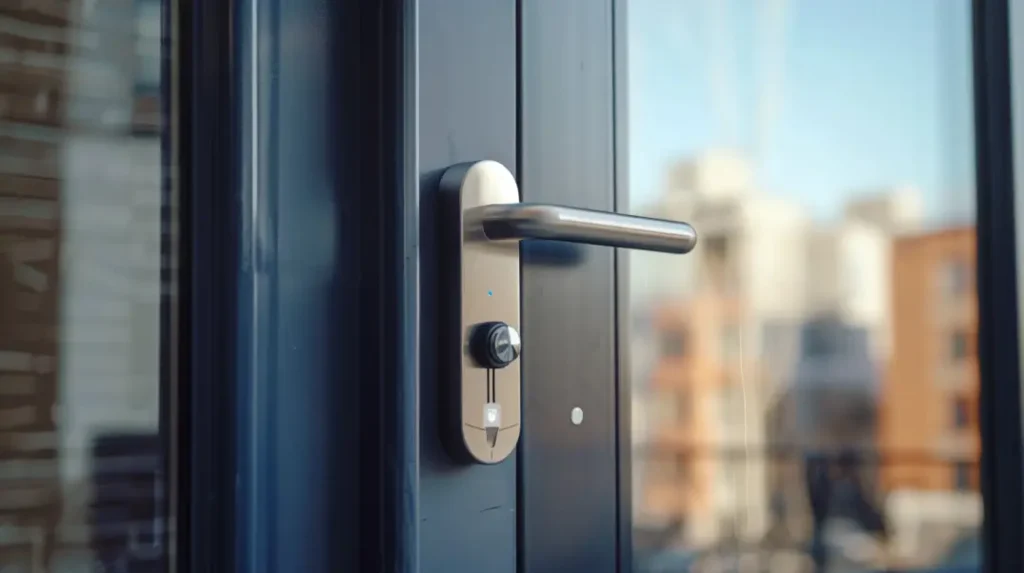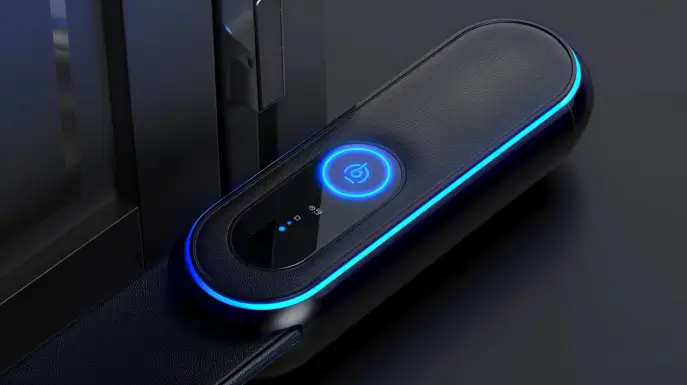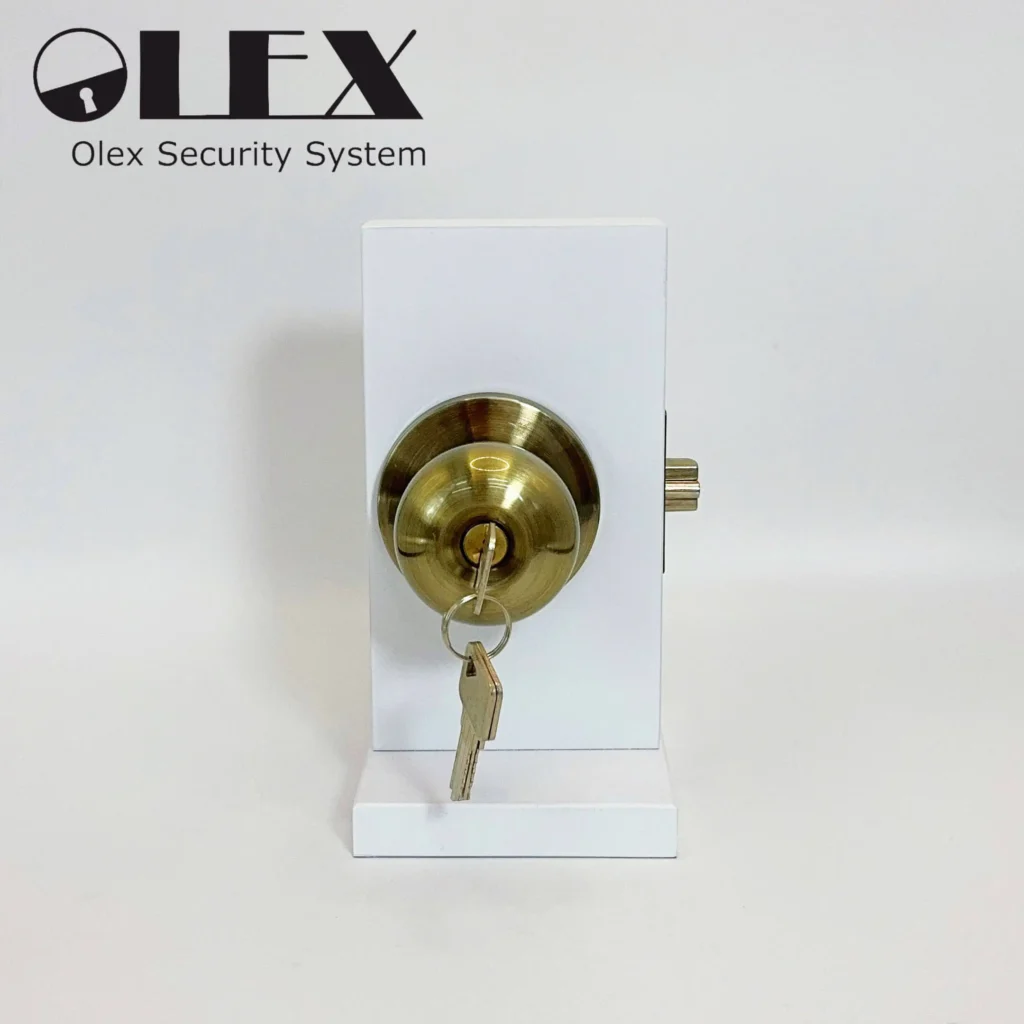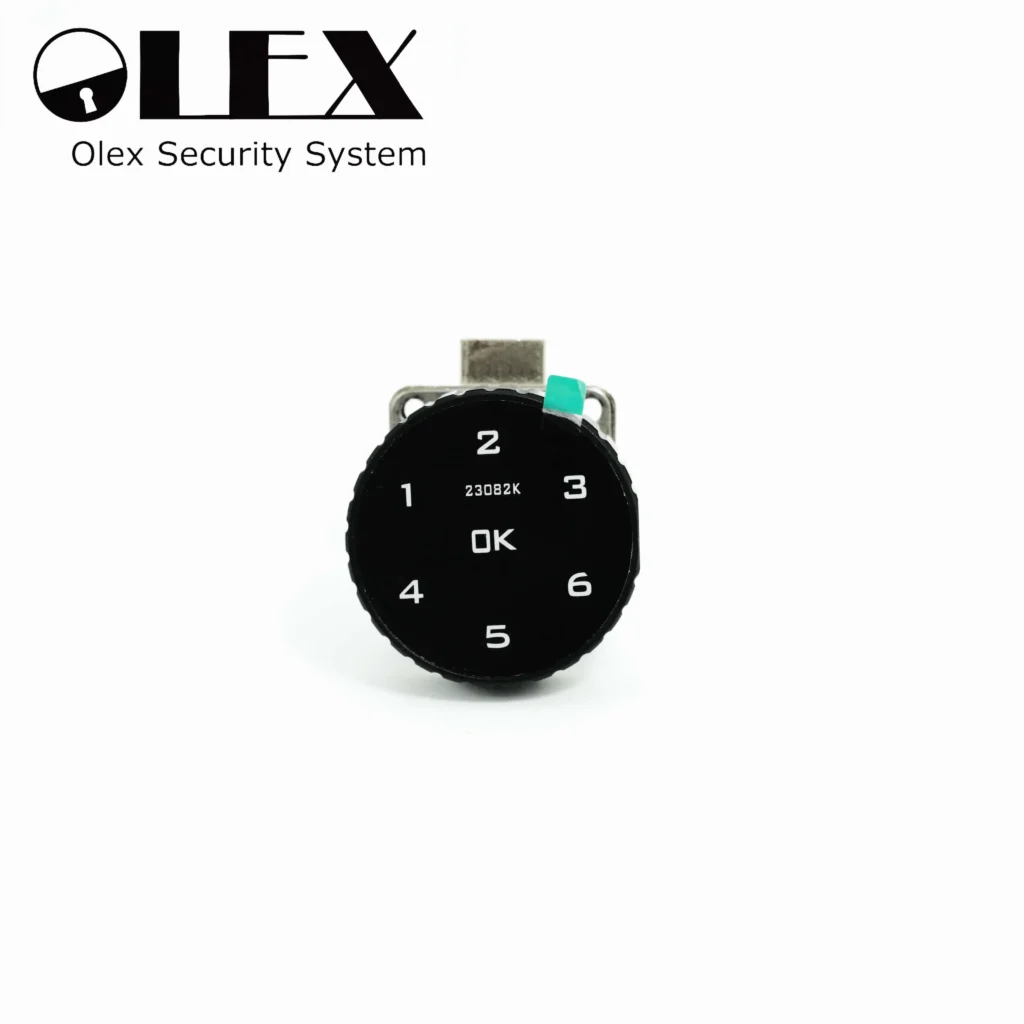5 Key Ways to Enhance Smart Lock Features for Superior User Experience
Smart locks have been in China for decades. With continuous technological advancements, both their functionality and design have reached a relatively mature stage. At the same time, as living standards improve, consumers are beginning to focus on service experience and ease of use, rather than just the technology itself. Therefore, in a landscape where the technology is similar across products, providing a better user experience might be the key for brands to win consumer favor.
So, from a user experience standpoint, what are the areas where these features can still break through?

Smart Lock App Details
Many modern locks can now be controlled remotely via smartphone apps, allowing users to monitor various statuses such as battery life, member management, and unlock records. Additionally, when visitors ring the doorbell, the app sends notifications, and users can remotely unlock the door, which is highly convenient.
However, the process of integrating a new lock with its corresponding app often involves a cumbersome setup. While this ensures the authenticity and security of the device to some extent, it also introduces certain inconveniences for consumers.
With the accompanying app, users can essentially “install” the lock on their phones, effectively putting it in their pockets. This integration significantly enhances convenience and makes the device a true part of the smart home ecosystem. However, some details and processes within many of these apps do not align with common user habits, leading to a user experience that feels “a bit troublesome.” This misalignment can reduce the frequency of use, which is regrettable.
For instance, the initial setup might require multiple steps, including verifying the device, connecting to Wi-Fi, and updating firmware, which can be time-consuming and confusing for users who are not tech-savvy. Moreover, navigating through app menus to access features like temporary access codes or adjusting security settings may not be as intuitive as it should be, further diminishing the overall user experience.
To truly capitalize on the potential of these modern locks, companies need to focus on streamlining app interfaces and setup processes to align more closely with user expectations. Simplifying these steps and providing clear, user-friendly instructions can make a significant difference. Ensuring that the technology is not only advanced but also accessible and easy to use will help in winning over consumers who value both innovation and convenience.
Ultimately, while the technology behind these devices is impressive, the key to widespread adoption lies in enhancing the overall user experience. By reducing complexity and making the setup and daily use more intuitive, brands can ensure their products are used to their full potential, providing consumers with the seamless smart home experience they desire.

Scenario-Based Interaction
In the realm of smart homes, we often see scenario-based interactions between smart home devices and users: adjusting lighting brightness, air conditioning temperature, and water temperature based on the user’s status, which is very user-friendly.
For household smart locks, scenario-based interaction could significantly enhance the user experience. Smart locks could interact with users based on real-life scenarios.
For instance, in rainy or snowy weather, the smart lock could remind users to take an umbrella or warn about slippery roads. When arriving home late at night, the smart lock could automatically adjust the volume of the door opening and closing to avoid disturbing other family members. On important dates, the smart lock could provide reminders, and so on.
Currently, the functions of smart locks are still primarily focused on “locking,” with few smart locks offering similar scenario-based interactions. However, in the future, we might see smart locks becoming more “intelligent” and more “humanized.”
Hardware Design
Many smart locks today incorporate user-friendly designs in their hardware, indicating that an increasing number of smart lock manufacturers are prioritizing user experience in product design. However, some minute aspects of hardware design are often overlooked, necessitating designers to consider user perspectives more carefully and incorporate meticulous details.
For example, many smart lock brands pay attention to the fingerprint recognition area. The fingerprint recognition areas of many brands are ergonomically designed with large collection areas, making fingerprint collection very convenient.
Additionally, many smart locks now feature larger indoor screens, which are very user-friendly for the elderly and children. Moreover, features like anti-pinch strips and non-slip handles also enhance the user experience by addressing minute details.
Ensuring the security of users’ homes and improving their quality of life has always been the goal of the smart lock industry. This requires smart lock manufacturers to pay attention to the real needs of users and focus on details to create a more humanized user experience. By doing so, smart locks can transcend being merely cold household items and become warm and humanized components of the smart home ecosystem.


